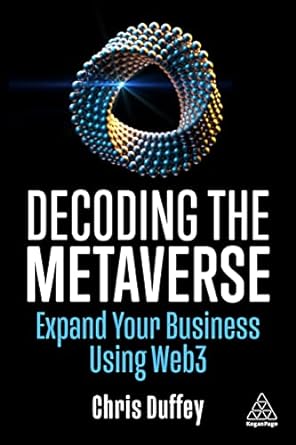Question
RETURN AND RISK RELATIONSHIP: CAPITAL ASSET PRICING MODEL The CFO of Bunyan Lumber Corporation, Anita Rai has decided to invest some money in the financial
RETURN AND RISK RELATIONSHIP: CAPITAL ASSET PRICING MODEL
The CFO of Bunyan Lumber Corporation, Anita Rai has decided to invest some money in the financial market to diversify the risks of business operations and increase rate of return. She has been reading corporate finance books and journal articles to enhance her knowledge on risk/return relationships, capital asset pricing model (CAPM), cost of capital and stock valuation. On risk/return relationship, Anita has learnt that there is a positive relationship between risk and return. This implies that the higher the risk, the greater the expected return on an investment. This relationship is clearly explained by the capital asset pricing model in this equation:
RE = RF + x (RM RF)
where RE = expected return on the security, RF = the risk-free rate, = Beta of the security, RM = the expected return on the market, and (RM RF) represents the difference between the expected return on the market and the risk-free rate, also known as the market risk premium.
According to the CAPM, the expected return of any security depends on its risk measured by its beta. Anita found out that the beta is a measure of the risk of a security arising from exposure to general economic and market movements i.e., systematic risk as opposed to business specific risks or factors (i.e., unsystematic risk). The higher the beta, the greater the systematic risk and vice versa. The market portfolio of all investable assets has a beta of 1. Anita learnt that If = 0, then the asset has no risk of financial loss. Therefore, the expected return of the security should be equal to the risk-free rate. If = 1, that asset has same risk as the market and the expected return should equal the expected return on the market such as the S&P 500 market index. To Anita this makes sense because the beta of the market portfolio is exactly 1. However, if a securitys = 2, then that security is twice riskier than the market and the expected return should be higher than the return of the market portfolio.
Anita understands that the risk-free rate used in the CAPM is the government-issued treasury bill rate. Since the treasury bill has no risk, any other investment having some risk will have to have a higher rate of return than the risk-free rate in order to induce any investor to invest in that security. Anita is considering the stock of Aardvark Enterprises and Zebra Enterprises. Aardvark Enterprises has a beta of 1.6 and Zebra Enterprises has a beta of 2.5. The risk-free rate is 3.5%, and the difference between the expected return on the market and the risk free is 9.0%.
The board of directors of Bunyan Lumber Inc. is hiring you as a financial consultant to work with Anita to analyze the investment options.
1. Based on the beta of Aardvark Enterprises and Zebra Enterprises, which one of the two companies has a higher market risk? Explain.
2. Assuming the stock market is expected to do very well because of recent positive economic news and announcement of higher GDP figures, which company, Aardvark Enterprises or Zebra Enterprises, is expected to do better, and why?
3. Using the capital asset pricing model, calculate the expected return for Aardvark Enterprises and Zebra Enterprises stocks if the return on the stock market is 12.5%.
4. You want to calculate the average return of Aardvark Enterprises to see how the stock has performed over the past five years:
Exhibit 1: Historical Returns of Aardvark Enterprises.
| Year | Return |
| 2016 | 13.50% |
| 2017 | 22.25% |
| 2018 | 34.12% |
| 2019 | 12.90% |
| 2020 | -6.15% |
a. Using the historical returns above, what is the average return for Aardvark Enterprises stock?
5. You notice that stock returns fluctuate daily in the financial market making it risky to invest in stocks. You want to use standard deviation, to assess the volatility of Aardvark Enterprise stock if mean return is 15.30% and standard deviation is 12%. What is the possible return of this stock one standard deviation from the mean if the return is normally distributed? (Note: expected return = mean return 1).
Step by Step Solution
There are 3 Steps involved in it
Step: 1

Get Instant Access to Expert-Tailored Solutions
See step-by-step solutions with expert insights and AI powered tools for academic success
Step: 2

Step: 3

Ace Your Homework with AI
Get the answers you need in no time with our AI-driven, step-by-step assistance
Get Started


